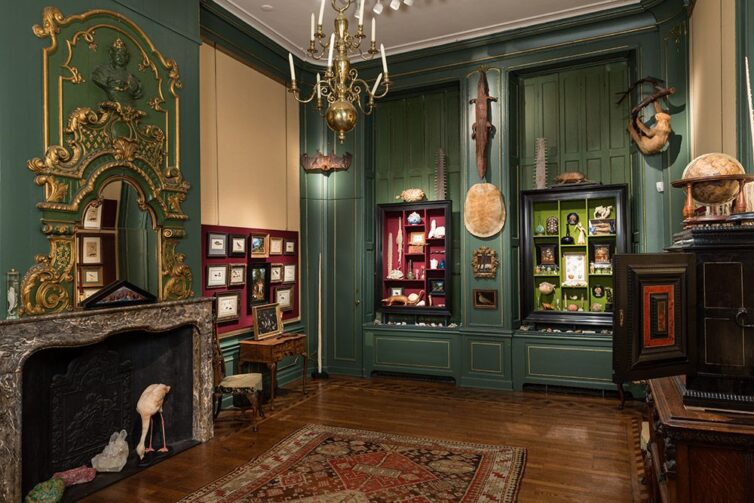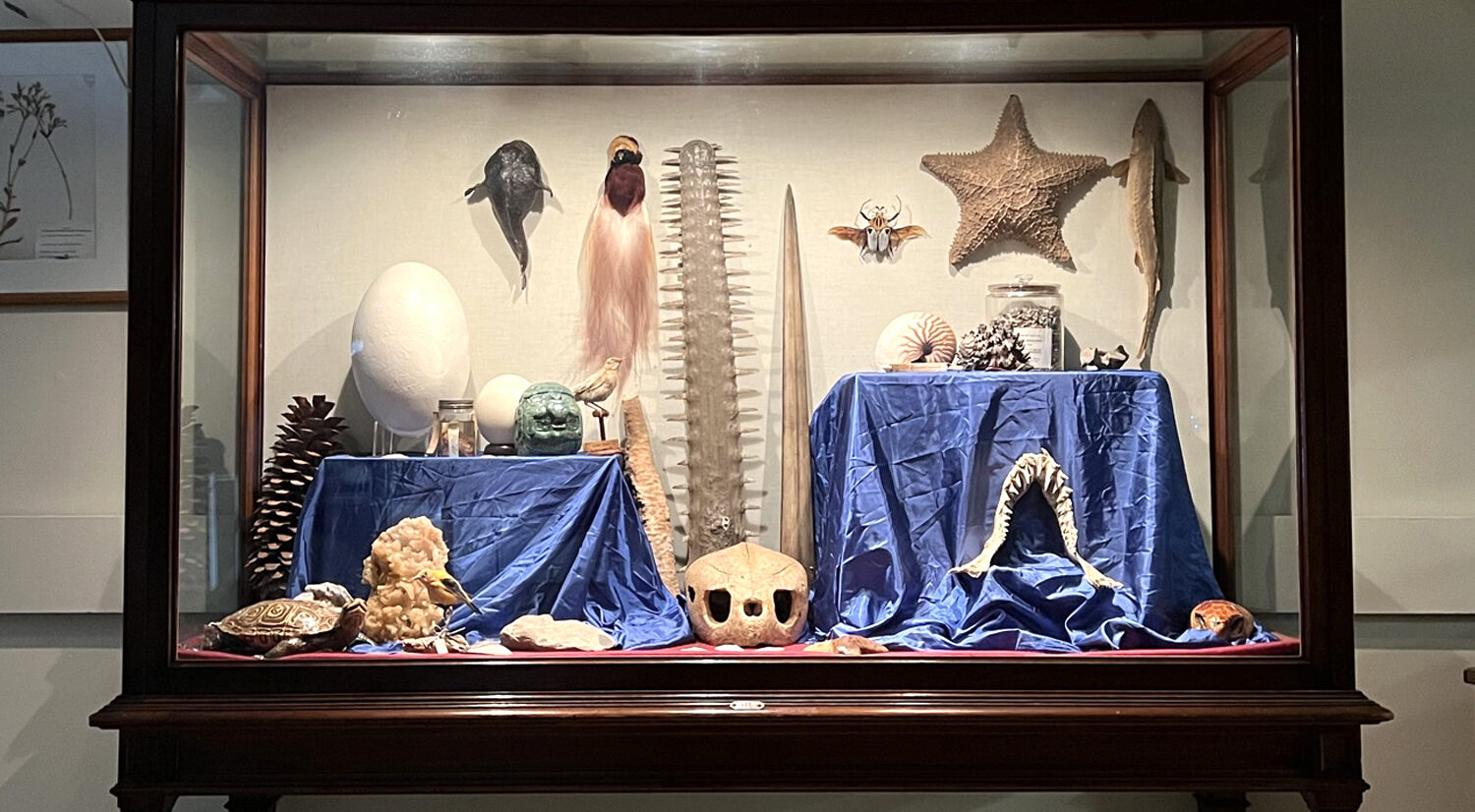The Ashmolean Museum, housed at Oxford University, was founded in 1683. It is considered to be the first museum. Before its founding, “Private collections existed in the houses of the aristocracy and ‘learned gentlemen.’ These collections were variously described as cabinets of curiosity or ‘Wunderkammer’… or a closest of rarities”‘ (Impey & MacGregor, 1985). They were for “keeping and sorting” the products of man and nature and understanding their significance.
These collections’ various and miscellaneous qualities can seem quaint to our modern eye. However, to collectors and researchers of the period, the wide assortment of items and the far-reaching nature of their range was intentional.
“Interest in the natural world was a major preoccupation of Renaissance learning, and here collecting was to play an indispensable role. Reference collections were essential tools for the fundamental research undertaken by early naturalists” (Impey & MacGregor, 1985). Scientists and lay people interested in taxonomy—the science of classification—relied on each other’s collections to build their understanding of how species were connected. These early collections, which could take up entire rooms in mansions, were so rich and essential that they later formed the foundation for Natural History Society museum collections.
Reflection Question:
What would be in your own Cabinet of Curiosities?
Can you imagine a world where people didn’t yet understand how species were related and may have mistaken a narwhal’s tusk for a unicorn’s?
References:
Impey, O. & MacGregor, A. (1985). The Origins of Museums: The Cabinet of Curiosity in Sixteenth and Seventeenth Century Europe. In A. Stainforth, Ed. Historical Perspectives in Preventive Conservation, 2013. Getty Conversation Institute.

De Kunst- und Wunderkammer- Margareta Svennson

